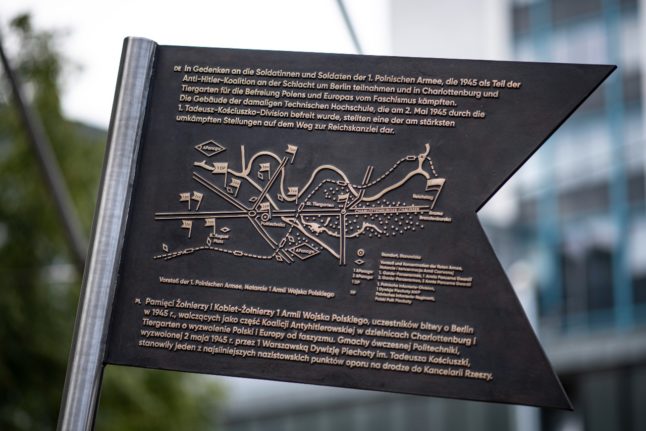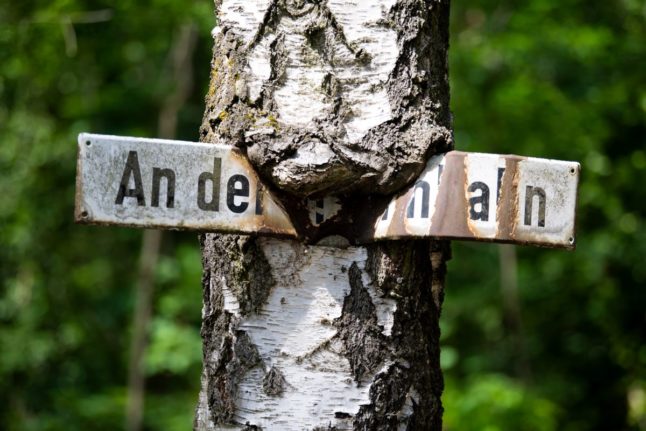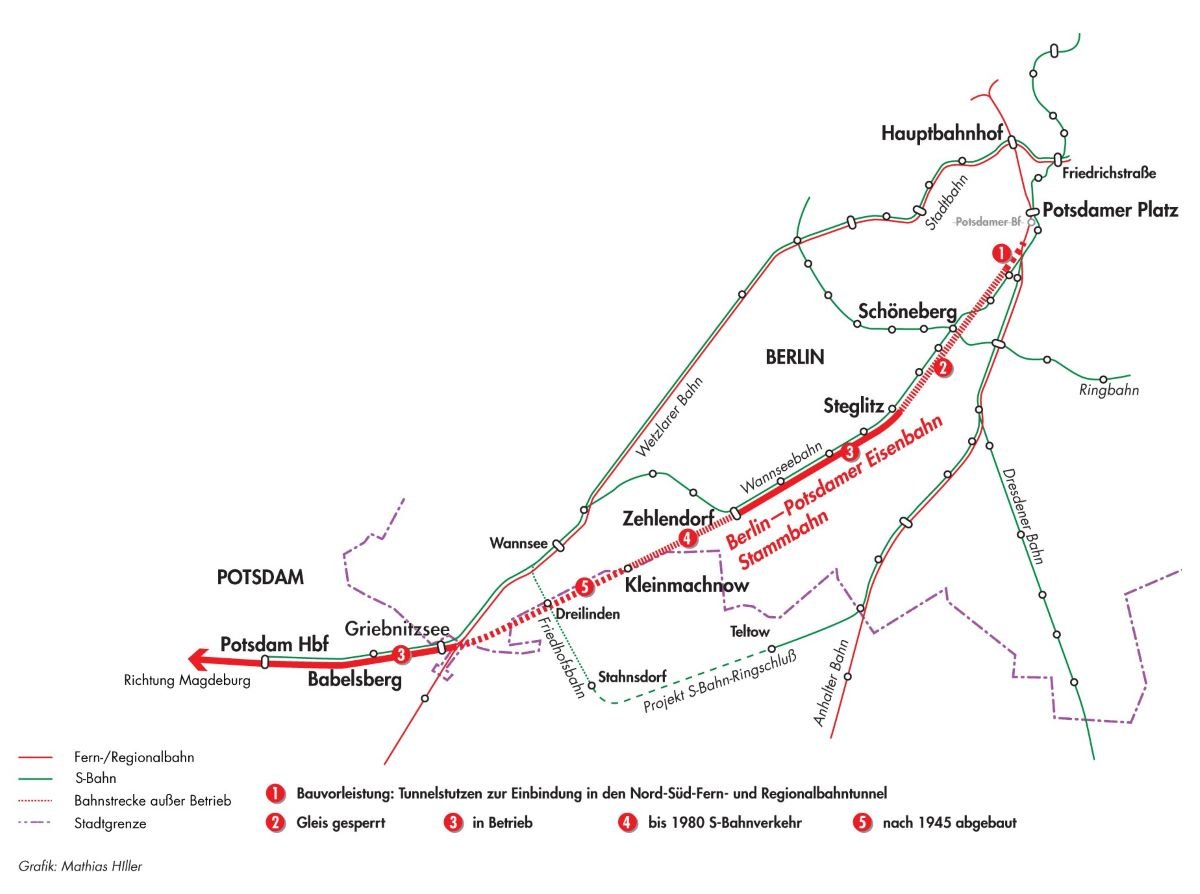“We urgently need a place of remembrance, a place of understanding and encounter with our neighbour Poland,” German culture minister Claudia Roth said at a press conference in Berlin.
The announcement comes as the government in Warsaw has whipped up anger towards Germany ahead of legislative elections later this year.
The leader of the ruling Law and Justice party Jaroslaw Kaczynski has suggested Berlin wants to interfere in the election campaign and install opposition rival Donald Tusk as prime minister.
READ ALSO: German president asks forgiveness on Warsaw ghetto anniversary
Roth acknowledged the tensions in response to a question, expressing her “regret at some anti-German campaigns”.
The project, which originated in 2017, will commemorate the victims of the Nazi invasion of Poland, which claimed the lives of between five and six million Poles, including three million Jews.
Dubbed the “German-Polish House”, the memorial is set to be built on the site of the former Kroll Opera in central Berlin, next to the chancellor’s office and opposite the Bundestag.
The prominent location is symbolic, according to the planners. The Kroll Opera housed German deputies after the Reichstag fire in 1933, which helped the Nazis strengthen their grip on power, and it was in the theatre that Hitler announced the invasion of Poland on September 1st, 1939.
German MPs would discuss a more concrete proposal next year, under the plan presented by officials, while a more precise construction time scale was not given.
Warsaw has long insisted it is owed reparations by Germany for the losses suffered during World War II.
The idea has been flatly rebuffed by Berlin, which says Poland renounced compensation claims in a 1953 accord.




 Please whitelist us to continue reading.
Please whitelist us to continue reading.
Member comments